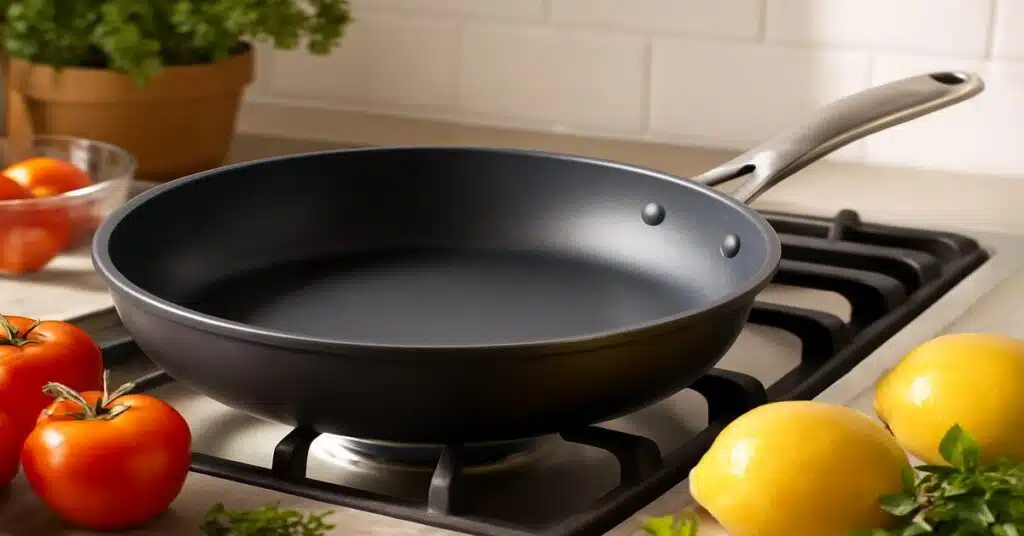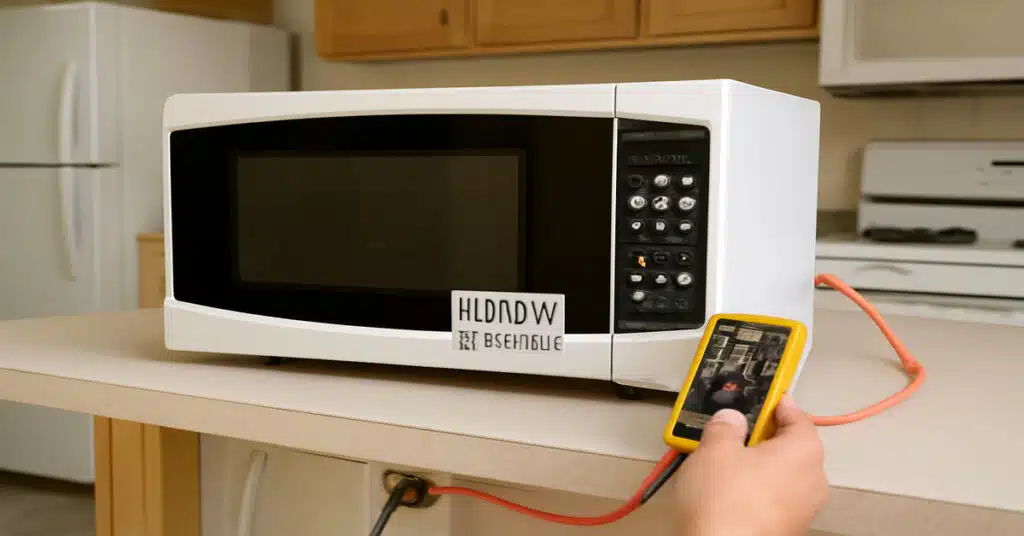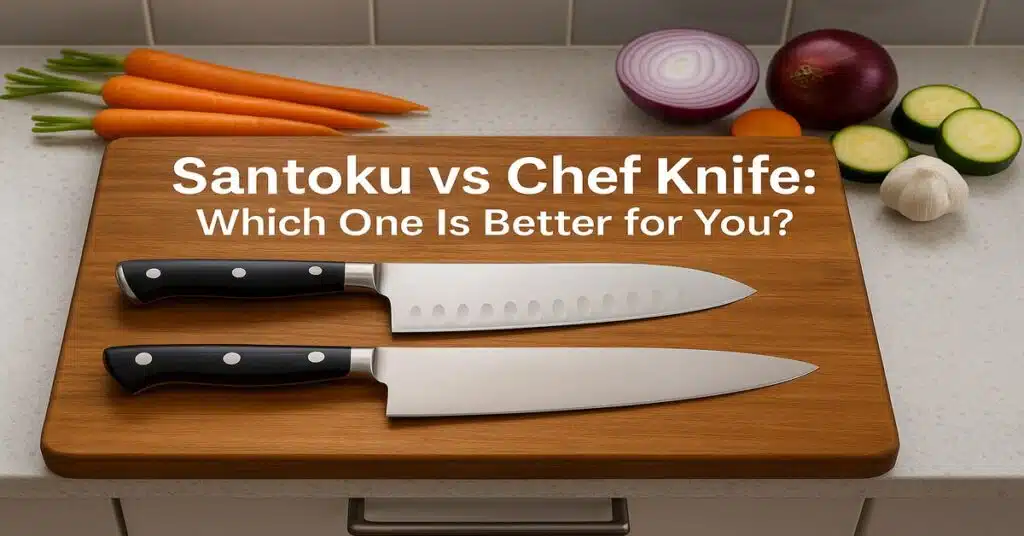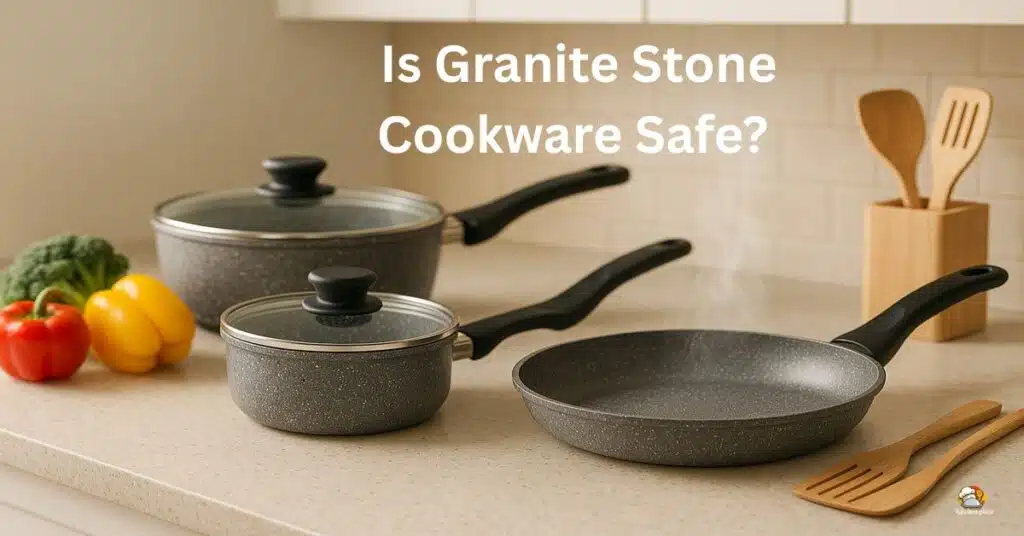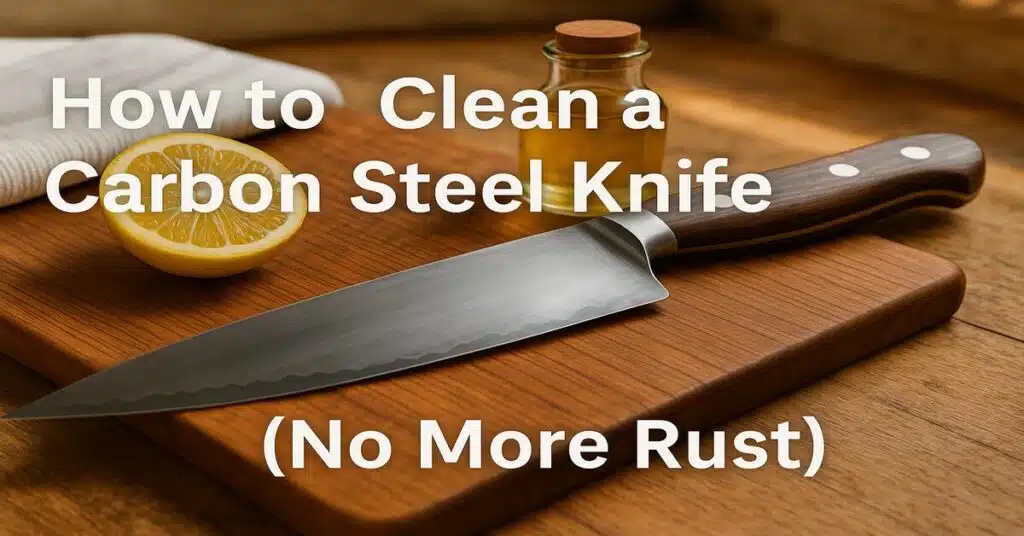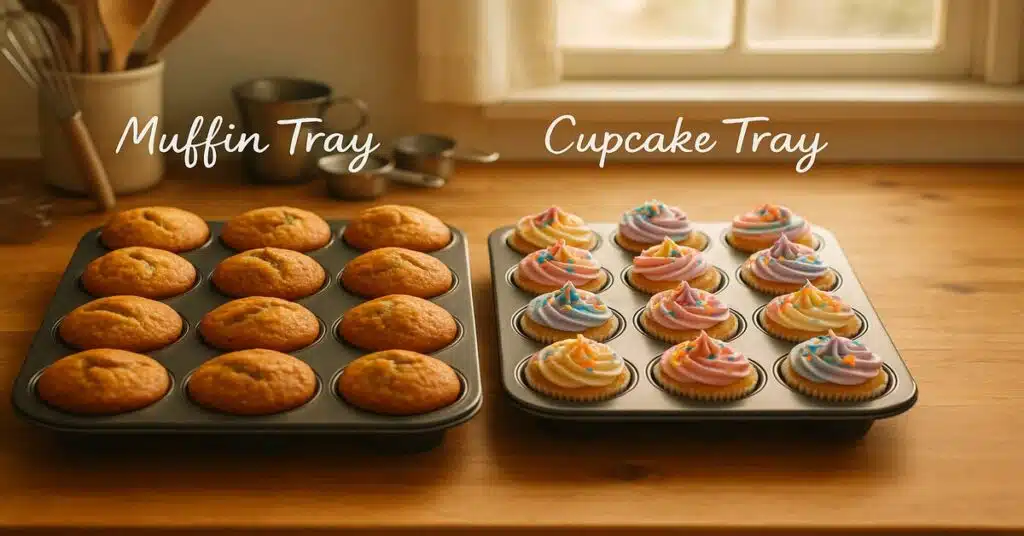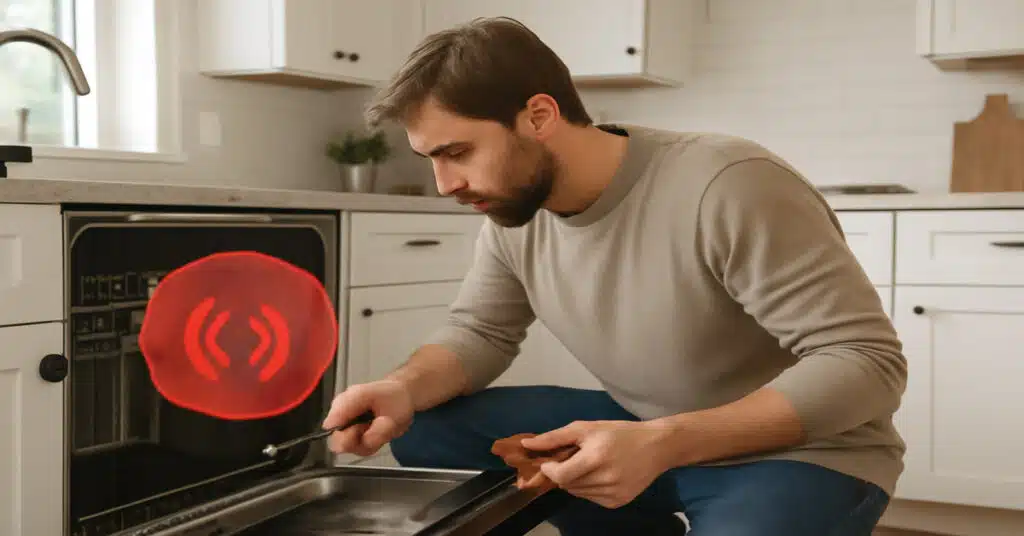Baking Made Easier with Silicone Muffin Pans
How to use a silicone muffin pan was something I learned through trial and error—not just by reading instructions, but by baking real muffins for my family. After years of using metal tins and dealing with stuck batter or ripped paper liners, switching to a silicone muffin pan felt like moving from a clunky flip phone to a smooth touchscreen. It was that big of a change.
At first, I didn’t trust it. It looked too soft, too bendy—almost like a toy. But once I baked banana muffins in reusable silicone muffin cups, I was hooked. No sticking. No rust. Just clean, easy bakes every time.
In this article, I’ll show you everything I’ve learned—from greasing silicone muffin trays when needed, to getting the best results with less mess. Whether you’re a curious beginner or a seasoned baker, I’ll make this easy to follow, step-by-step.
What Is a Silicone Muffin Pan and Why Do People Love It?
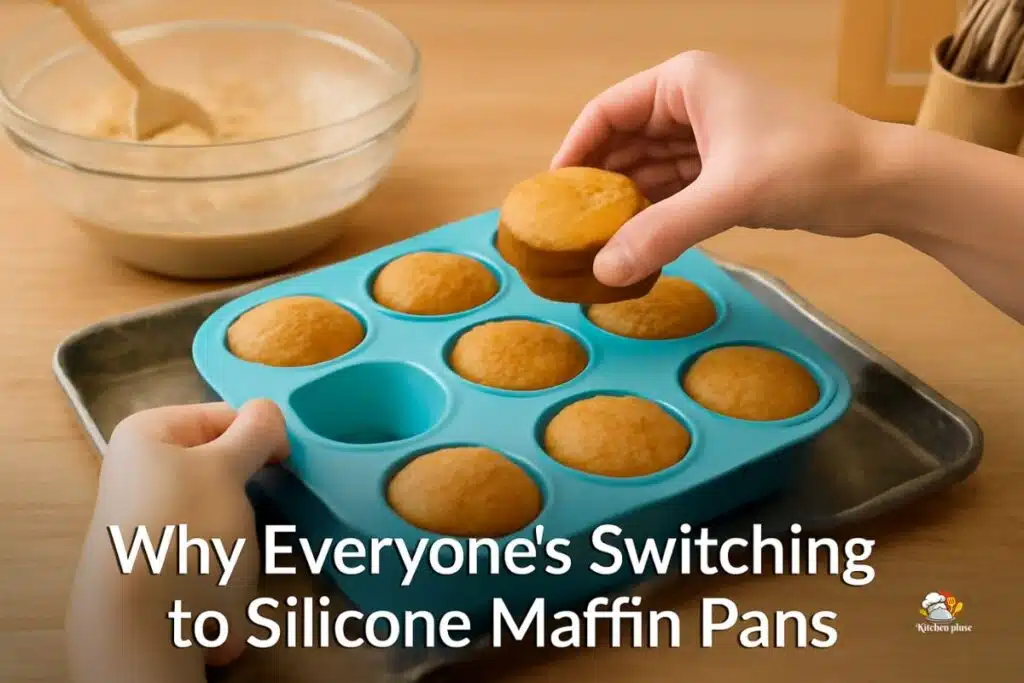
Think of a silicone muffin pan as a flexible ice tray, but for muffins. It’s made of food-grade silicone, safe for baking, freezing, and even microwaving. Unlike stiff metal pans, silicone pans bend and twist, making it easy to pop out muffins without sticking or tearing.
Silicone muffin tray instructions are pretty simple: place it on a sturdy baking sheet, fill it with batter, and bake. People love it because it’s lightweight, dishwasher-safe, and eco-friendly. Compared to silicone cupcake molds vs muffin pans, muffin pans typically have deeper wells and are perfect for standard-sized muffins and cupcakes.
And the best part? No rust. Ever.
Do You Need to Spray Silicone Muffin Pans?
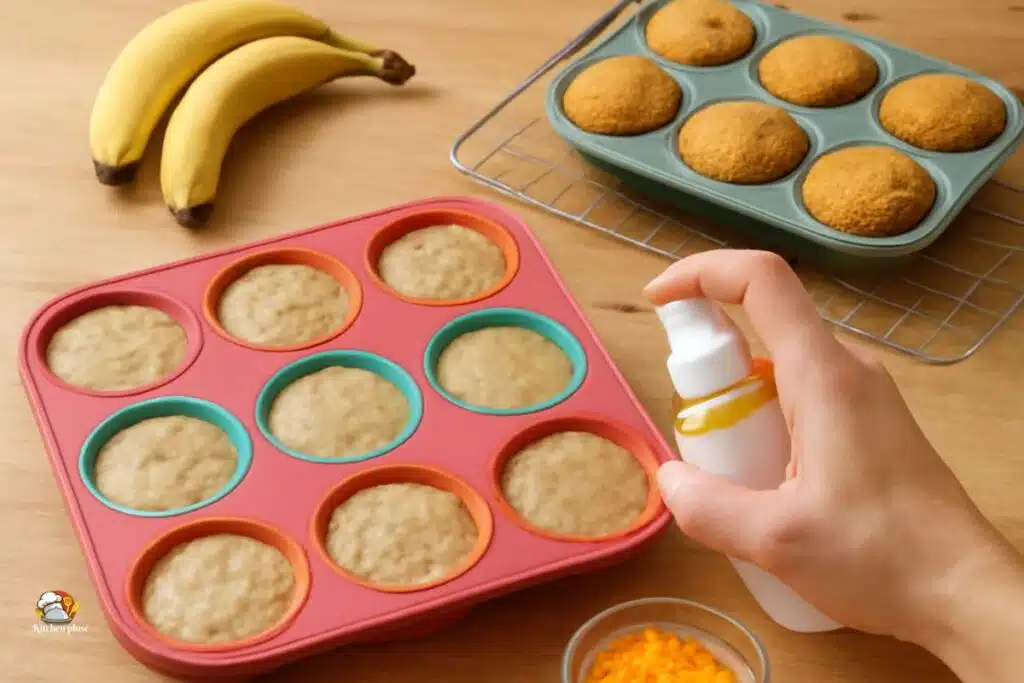
This is one of the most common questions I hear from new bakers.
So, do you need to spray silicone muffin pans?
Technically, no. Most silicone pans are made to be nonstick. They’re designed so that your muffins pop right out without any greasing.
But let’s be honest — in real-life baking, it’s not always that simple. If you’re baking something extra sticky, like cheesy egg muffins or sweet banana bread, you might run into problems.
✅ So, when should you spray?
Here’s my rule of thumb:
- If it’s your first time using the pan
- If your recipe is high in sugar or cheese
- If your muffins stuck last time — don’t take chances
In those cases, a light spray of cooking oil can make a big difference.
Can you use oil spray on silicone pans?
Yes, absolutely! Just remember — less is more.
Spray lightly and evenly. A thin coat is enough to help your muffins slide out easily without creating a greasy mess.
Should You Grease Silicone Muffin Pans?
Let me tell you about the time I didn’t grease my silicone pan when baking blueberry muffins. Big mistake. The natural sugars in the berries caramelized and stuck to the sides.
So yes, sometimes you do need to grease silicone muffin pans. Not always—but when you’re baking sticky recipes, greasing the silicone muffin pan helps.
Wondering how to pop muffins out of a silicone pan? Let them cool for 5–10 minutes first. Then gently push the bottom and twist the silicone. They slide right out!
Step-by-Step: How to Use a Silicone Muffin Pan Like a Pro
How to Use a Silicone Muffin Pan
Let’s go step-by-step so you can feel confident every time:
- Preheat Your Oven: Most silicone bakeware is safe up to 428°F. Always check the package.
- Lightly Grease (Optional): Especially useful for first-time use or sticky batters.
- Place the Pan on a Baking Sheet: This gives stability since silicone is floppy.
- Fill Each Cup 2/3 Full: Silicone won’t absorb heat like metal, so batter won’t overbake.
- Bake at Your Recipe’s Temperature: Silicone bakeware temperature limit is usually 428°F, so don’t go higher.
- Let Cool for 5–10 Minutes: Don’t rush the cooling process.
- Pop Out Muffins & Enjoy: Just push gently from the bottom.
- Wash with Warm Soapy Water: Or toss in the top rack of your dishwasher.
Are Silicone Muffin Pans Oven-Safe and Microwave-Safe?
Yes — and yes again!
Can silicone muffin pans go directly in the oven?
Absolutely. They’re made to handle heat. Most are safe up to 428°F or even 450°F, depending on the brand. I always check the label before using a new one, just to be sure.
Are silicone muffin pans microwave safe?
Yes, they are. Just double-check that there’s no metal in the pan (some have reinforced rims). Silicone is flexible, strong, and a much safer choice than plastic containers for reheating.
Silicone Muffin Tins vs Traditional Metal Tins
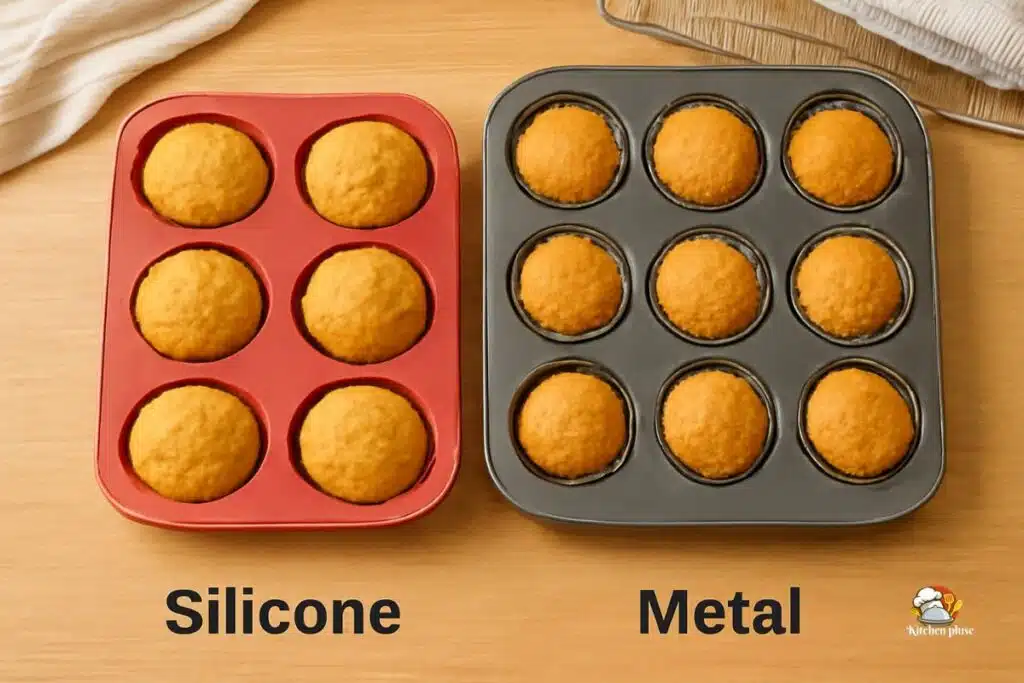
Here’s a quick side-by-side breakdown:
| Feature | Silicone Muffin Pan | Metal Muffin Pan |
| Flexibility | ✅ Yes | ❌ No |
| Oven-Safe | ✅ Up to 450°F | ✅ Higher temps |
| Nonstick | ✅ Mostly | ❌ Needs greasing |
| Dishwasher Safe | ✅ Yes | ❌ Not always |
In terms of usability, How to Use a Silicone Muffin Pan is simpler and mess-free. But if you want crispy edges? Metal might win there.
Silicone vs metal muffin pan: Both have pros. But for beginners or kids, silicone is safer and easier.
Tips to Avoid Muffins Sticking to Silicone
Nothing’s worse than a muffin that refuses to come out.
Here are my best tips:
- Lightly grease the silicone muffin tray, especially for sugary batters
- Use reusable silicone muffin cups inside the pan
- Allow proper cooling time before popping out
- Try parchment paper cups if you’re baking dense items
Are your muffins sticking to the silicone pan?
It usually means you didn’t grease it—or didn’t let it cool enough before removing them.
Do you use liners in silicone muffin pans?
Optional—but they do make clean-up easier.
Cleaning & Caring for Your Silicone Muffin Pans
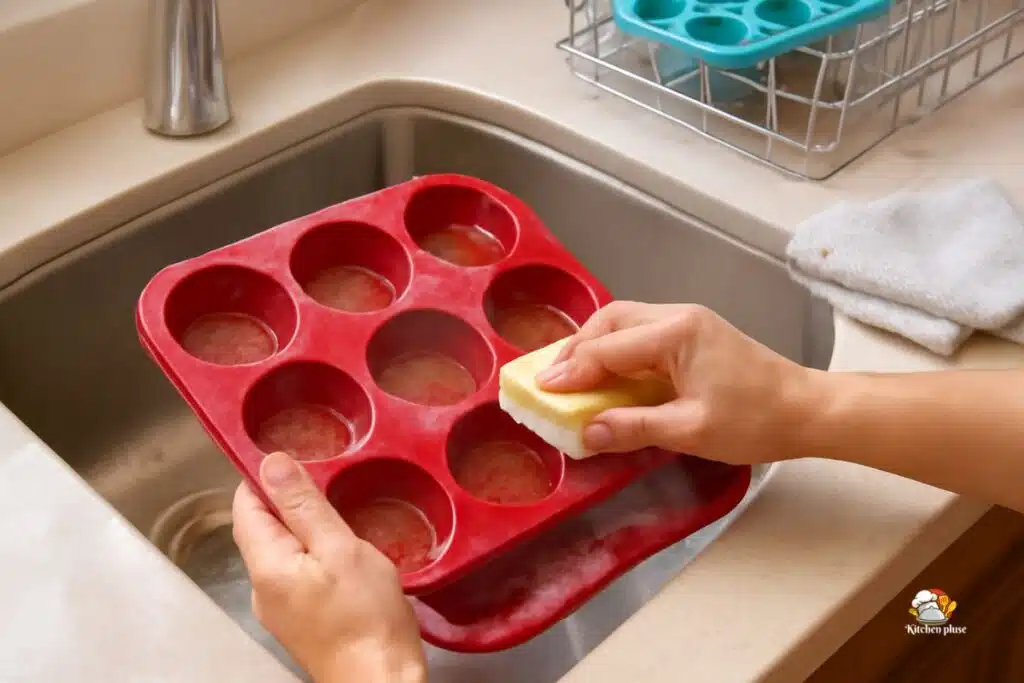
To keep your pans long-lasting:
- Wash your silicone muffin pans after every use with warm, soapy water.
- Avoid using metal scrubbers—they can scratch or damage the surface.
- Store the pans clean and dry to prevent them from trapping odors.
How to clean silicone muffin pans the right way?
Use baking soda paste if grease builds up.
Are silicone muffin pans dishwasher safe?
Most are. Place them on the top rack.
How long do silicone muffin pans last?
Years—if you treat them right.
Pros and Cons of Silicone Bakeware (Quick Table)
| Pros | Cons |
| Easy release | Can retain odor |
| Reusable | Flimsy if unsupported |
| Dishwasher safe | Might need greasing |
| Eco-friendly | Takes time to get used to |
Whether you’re using silicone bake cups, rubber cupcake pans, or trays, these pros often outweigh the cons. The advantages of silicone bakeware make it ideal for everyday bakers.
My Honest Experience Using Silicone Muffin Pans
When I started using silicone muffin pans, I had so many questions. I made mistakes. I burned a batch. I forgot to use a baking sheet. But now? I use them every week.
From meal-prep egg muffins to cinnamon roll cupcakes, these muffin pans changed my kitchen routine. I don’t miss metal. I don’t miss the scrubbing. I definitely don’t miss the rust.
If you’re still on the fence—try it once. You’ll see.
FAQs About Using Silicone Muffin Pans
Do you need to grease silicone muffin pans?
Not always, but it helps. Especially for sticky batters or first-time use.
Can you bake directly in silicone pans?
Yes, you can. Just place the pan on a sturdy baking tray first.
Do you use liners in silicone muffin pans?
Optional. Some people like them for easy cleanup.
Why are my muffins sticking to silicone pans?
Usually because of insufficient greasing or no cooling time.
Are silicone muffin pans microwave safe?
Yes, if they’re 100% silicone with no metal parts.
How do you clean silicone muffin trays?
Warm soapy water or baking soda paste for grease build-up.
How long do silicone muffin pans last?
Several years if well cared for.
Can you use oil spray on silicone pans?
Yes, but use a light hand.
Final Thoughts: Should You Make the Switch?
Now that you know exactly how to use a silicone muffin pan, I hope you feel confident and excited to try it.
- Silicone pans are a real game-changer.
- They’re safer, easier to use, and great for beginners, busy parents, or anyone who wants less mess
If you’re ready, check out my post on the Best Silicone Muffin Pans to find the one that suits you best.

